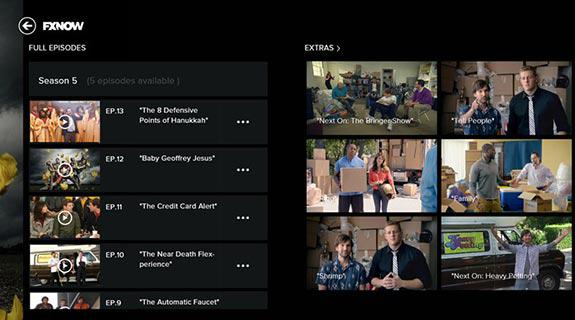Faced with an emerging generation of viewers with little attachment to linear television, successful networks need to program for all of their available platforms, a panel of executives told the Variety TV Summit in Los Angeles on Wednesday.
“We have evolved from a channel and a linear experience to an ecosystem,” said Sarah Levy, chief operating officer of the Nickelodeon Group.
Her company is dealing with the first generation of viewers practically born with smartphones in their hands, and an on-demand mentality.
While that poses a lot of challenges, it also means that her team has multiple avenues for extracting value from Nick’s properties, as long as they know which shows to program where.
“There’s a different bar on different platforms,” Levy said. “Legen of Korra,” for example, has a rabid fan base, “but when we put it on the linear network it doesn’t get the ratings we want.”
Online, however, the clips and episodes travel like wildfire across that fan base.
“There is an opportunity now to make more content that might not hit the linear metric you’re looking for, but can make you a lot of money in other outlets,” Levy said.
That’s one reason why network branding is more important than ever.
Levy said one of the main motivating factors driving Nick’s shift away from Netflix and towards Hulu and Amazon was “they respected the value of the brand, where it wasn’t just about individual shows. Tthere was a recognition by them that the brand would move the audience, and there was a great deal of respect for what that brand means.”
Discovery Networks and TLC COO Edward Sabin agreed.
Discovery has a multitude of international networks, but programming can move seamlessly from one outlet in the States to another overseas because they have put the time into understanding the value of the brand to the audience.
“The importance and the strength of those brands is critical,” Sabin said. “It really does matter.”
FX Networks COO Chuck Saftler, who has taken to referring to the new VOD app FX Now as the company’s “fourth network,” said that while people are still watching TV linearly, it’s time for the industry to accept the reality of viewing habits.
“We have to provide a way for viewers to see the content.”
[Photo: FX Now ]
Tags:













































__twocolumncontent.jpg)











